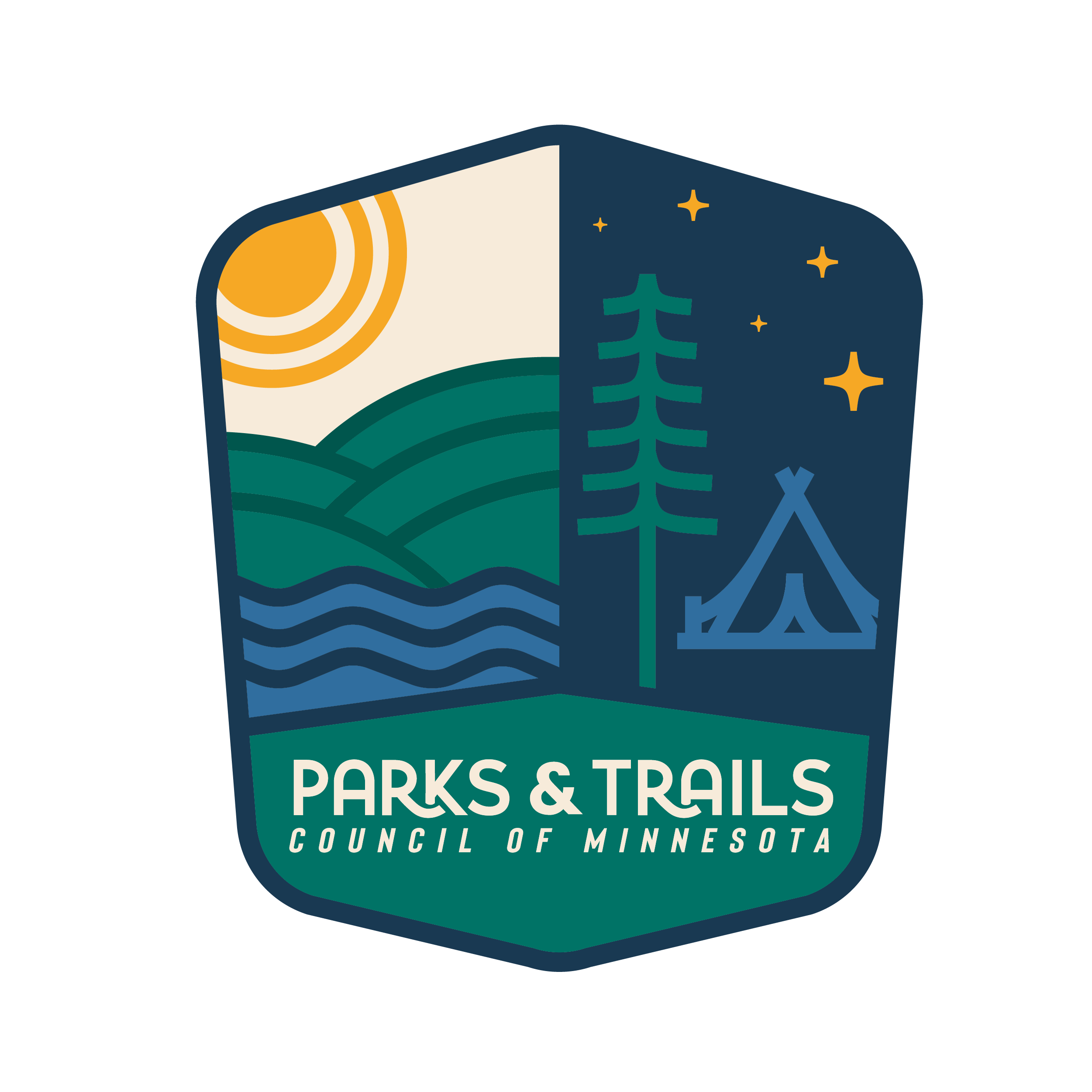While the MNDNR survey broadly covers the whole department, Parks & Trails Council has responded with an eye on State Parks and Trails. Below are our thoughts on the questions asked in the survey.

Share your opinion on funding the outdoors

The MNDNR is asking for the public’s input on how to fund conservation and outdoor recreation. We encourage you to share your opinion in the DNR Survey.
Parks & Trails Council's Responses
P&TC Response
Neither oppose nor support new or increased taxes
Why: Any new revenue source should be designed only as a supplement to the General Fund. It should also be proven sufficient and sustainable over many years. It should also connect more Minnesotans to our state parks and trails by reducing barriers to access. Several dedicated taxes already benefit Minnesota’s environment, and they often result in a reduced General Fund appropriation, so we are wary of relying on this strategy.
P&TC Response
Somewhat oppose new or increased revenue
Why: Ensuring affordable access to parks and trails for all Minnesotans has been a bedrock principle at P&TC for many years; It is also one of the things that Parks & Trails Legacy Fund dollars are supposed to do. In DNR surveys, nearly a third of Minnesotans say they can’t afford outdoor recreation fees. We oppose increasing the park entry fee because it would make access unaffordable for many people. We also believe there are more efficient ways for collecting entry fees that should be explored – including those that may result in lowering costs.
P&TC Response
Strongly supports increasing the share of Minnesota’s general state budget for parks and trails
Why: The environment is a public good that benefits everyone.
- Suitable: Parks and trails are essential services that need strong General Fund support. The General Fund is the main funding tool for government services. All taxpayers contribute to the fund, and all residents benefit from public parks, which helps promote fairness.
- Sustainable: The General Fund has long been the largest funding source for Minnesota’s parks and trails, is well-established, is responsive to the public’s will, and has been resilient over time.
P&TC Response
We neither oppose nor support increased direct support from Minnesotans, such as donations, public-private partnerships, and volunteering
Why
Any potential new revenue sources should not infringe upon the integrity of state parks’ heritage, natural resources, or park and trail experience. Commercialization, selling, or long-term leasing of assets is not consistent with Minnesota parks heritage and mission. Expansion of traditional concession/outfitter arrangements, facility rentals, or other public-private partnerships could potentially promote participation in new outdoor activities and generate revenues.
P&TC Response
We somewhat oppose increased flexibility in existing funding sources
Why
We believe increasing the transparency of how the DNR receives and invests funding is critical to improving management and allowing public oversight. We understand the benefits that flexibility can provide but worry that too much flexibility coupled with lack of transparency, can result in supplanting existing funding sources.
Is there anything we’re missing?
- P&TC Response: The “North American model” of conservation funding is based on consumptive outdoor activities (e.g., hunting and fishing). Parks and trails are not consumptive and deserve their own funding discussion that considers their unique needs and benefits.
News Categories
Recent News
-
Painting the park office at... January 7, 2025
-
We have a new CRM December 11, 2024
-
Vote yes on Lottery proceeds October 29, 2024
-
Two Friends Groups receive ... August 28, 2024
-
Share your opinion on fundi... August 27, 2024
